Sydney’s Eastern suburbs to cop brunt of NSW’s overhauled housing target
NSW Premier Chris Minns has revealed the Sydney suburbs where the majority of new home construction will occur under overhauled housing targets. See the full list of suburbs here.
NSW
Don't miss out on the headlines from NSW. Followed categories will be added to My News.
Suburbs in Sydney’s East, North, and the Inner West will cop the brunt of new home construction under overhauled housing targets designed to build 377,000 homes over the next five years.
Making good on a promise he first made at The Daily Telegraph’s Bradfield Oration in 2022, Premier Chris Minns has moved to “rebalance” housing targets across Sydney, by increasing housing density in established suburbs closer to the CBD.
The lion’s share of new homes — 107,100 — will be built in “Eastern LGAs,” which also includes the Inner West and northern Sydney suburbs.
“Under this plan the West will continue to build new houses, but other parts of Sydney will have to share the load as well,” Mr Minns said in a major pre-budget speech.
Over the next five years, 82 per cent of the reworked target will come from “infill,” or increased density, compared to 18 per cent which will come from greenfield developments.
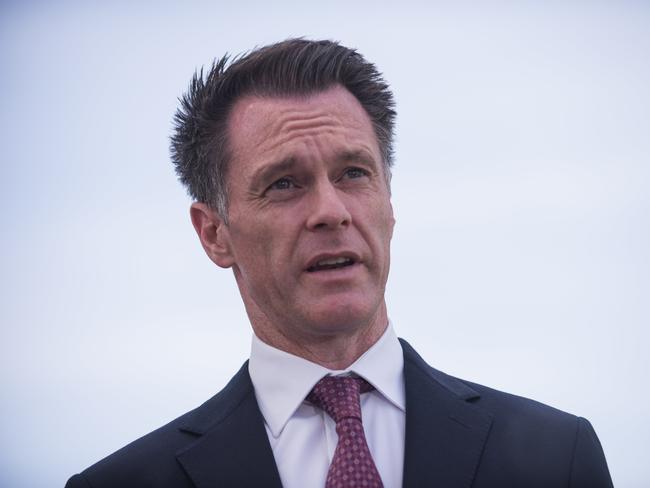
The new housing targets include homes already in the planning or construction pipeline.
Some councils (including Liverpool) will all but meet their new targets with houses that are already planned or being constructed. Other councils, like Ku-ring-gai, will need to drastically step up.
Most of the “Eastern LGAs” (11 of 19) will need to make up their targets by planning new homes, rather than complete house already in the pipeline.
The Hills Shire will take the most new homes in Sydney in the next five years, with a target of 23,300 new houses. The LGA taking the second-most homes, 21,400, is Blacktown, followed by Parramatta at 19,500.
Hunters Hill, Mosman, and the Blue Mountains have the smallest targets (400, 400, and 500 respectively).
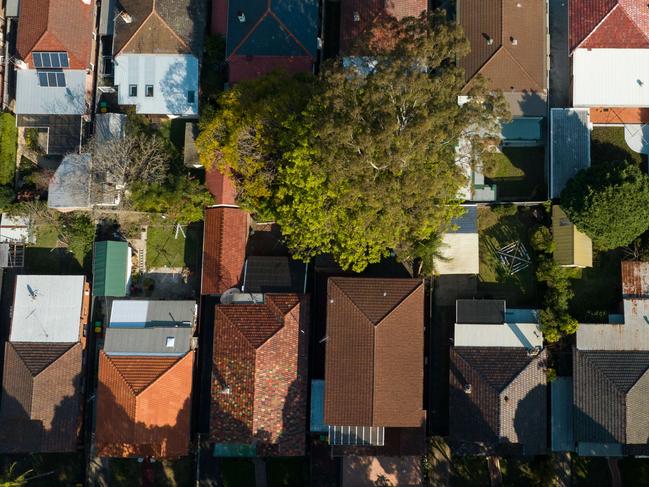
The LGAs which will take 41 per cent of the new homes to be built over five years are:
Bayside, Burwood, Canada Bay, Hornsby, Hunters Hill, Inner West, Kur-ring-gai, Lane Cove, Mosman, North Sydney, Northern Beaches, Randwick, Ryde, Strathfield, Sutherland, Sydney, Waverley, Willoughby, and Woollahra.
The “Central LGAs” of Blacktown, Canterbury-Bankstown, Cumberland, Georges River, Parramatta will have a target of 97,200 new homes – 37 per cent of the total.
Western LGAs of Camden, Campbelltown, Fairfield, Hawkesbury, Liverpool, Penrith, and Wollondilly will take 22 per cent of the total target: 59,100 new homes.
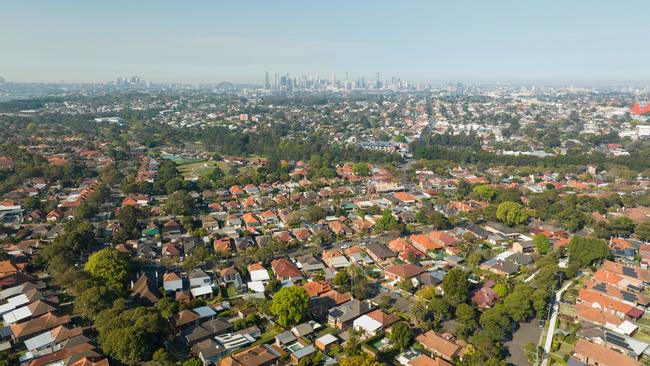
An additional 55,000 homes will be built in outer regional NSW under the targets.
Mayors across Sydney expressed mixed reactions to the targets.
Liverpool Mayor Ned Mannoun – whose area is on the hook for 16,700 new homes in the next five years – said the state government had to move to upgrade roads, as well as making areas more liveable.
“The department can finalise the planning proposals that have been with them, in some cases, for 10 years,” he said.
“They need to upgrade Fifteenth avenue because Austral and Middleton Grange are already at capacity.
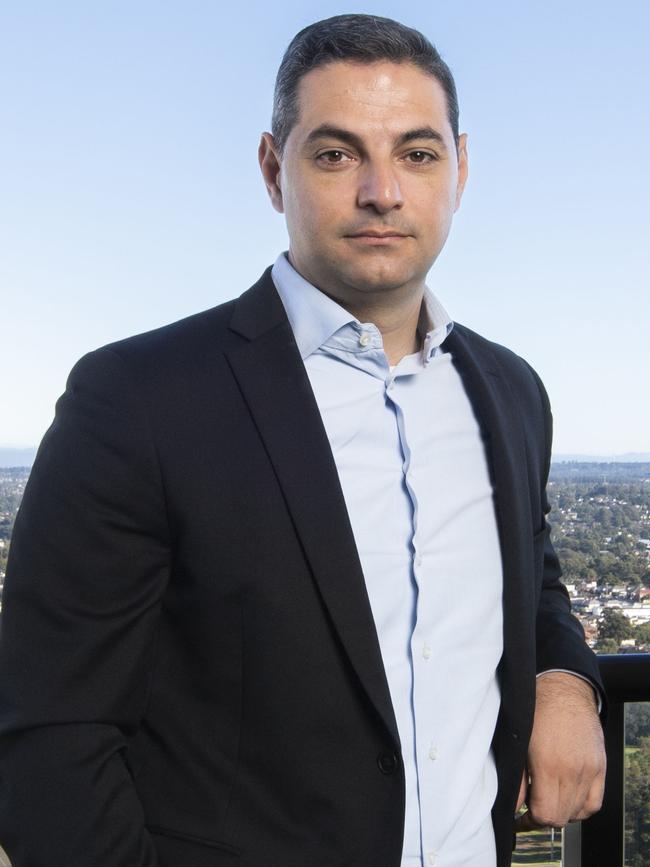
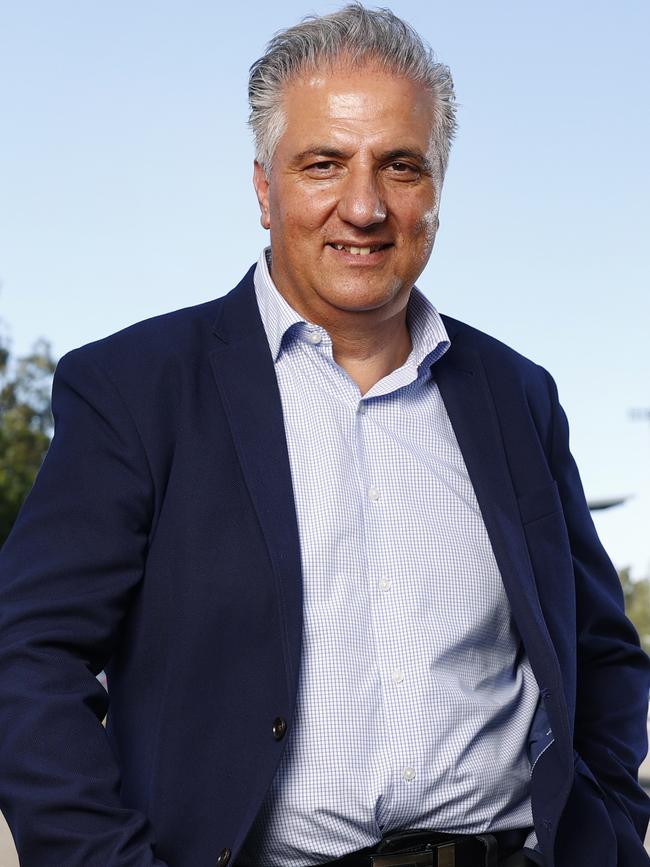
Outspoken Fairfield Mayor Frank Carbone said his area had capacity for more than 20,000 homes in Fairfield, but argued targets wouldn’t ensure homes were built or more affordable.
Fairfield’s five-year target has been set at 5,900 homes.
His council is set to drop taxes imposed on new homes in the area.
“This announcement changes nothing … the question is how, when and who is going to build these homes, and how are people going to be able to afford one?” he said.
Inner West Mayor Darcy Byrne welcomed the housing targets of 7,800 for his area but said it’d be a challenge to hit that figure.
“It’s a stretch – but the housing supply crisis is so serious that we all have to stretch,” he said.
The council’s previous five year target was 5,900 which it hit.
Ku-ring-gai Mayor Sam Ngai said a five year target was too short term.
“We believe that each council should receive a 20-year target to aspire to, and that councils are best placed to determine where the housing densities should go,” he said.
Opposition leader Mark Speakman accused the Premier of not taking up the fight against his federal counterparts to reduce immigration as part of his housing push.
“We still haven’t heard a squeak out of Chris Minns when it comes to immigration...if it’s good enough for Chris Minns to sign up to (federal) housing targets, it’s good enough that (he) demand that Anthony Albanese scale back immigration. We know immigration is putting unsustainable pressure on rents and prices,” he said.
He added state government rezonings wouldn’t trigger private building activity, saying “unless it is financially viable to build new dwellings, they just won’t happen”.
Shadow housing spokesman Scott Farlow said the new targets would still result in masses of new housing in the city’s west.
“While Chris Minns beats his chest about re-orientating growth to the east, it’s councils like The Hills and Cumberland that are going to have some of the biggest growth of new homes,” he said.
Compared to five-year targets under the former government running from 2021-2026, the new targets will more than triple the number of homes set to be built in some areas.
Woollahra has had the biggest increase of 280 per cent, from 500 to 1900.
Waverley was hit with a 215 per cent increase of 2400 homes, up from 761 homes previously.
Western Sydney council’s will still carry a heavy load, with The Hills’ target doubling from 9000 to 23,300.
Hills Shire Mayor Dr Peter Gangemi lashed the new figures, calling them a “target without a plan”.
“We now have the highest housing targets in NSW, all while growth communities like those in Box Hill are buckling under the pressure that comes with a lack of funding for parks, schools and roads,” he said.
“We already have the most overcrowded schools in the state...You cannot rezone or approve your way out of the housing crisis. Lifting targets or blaming Councils doing their job won’t do it either.”
Do you have a story for The Daily Telegraph? Message 0481 056 618 or email tips@dailytelegraph.com.au




